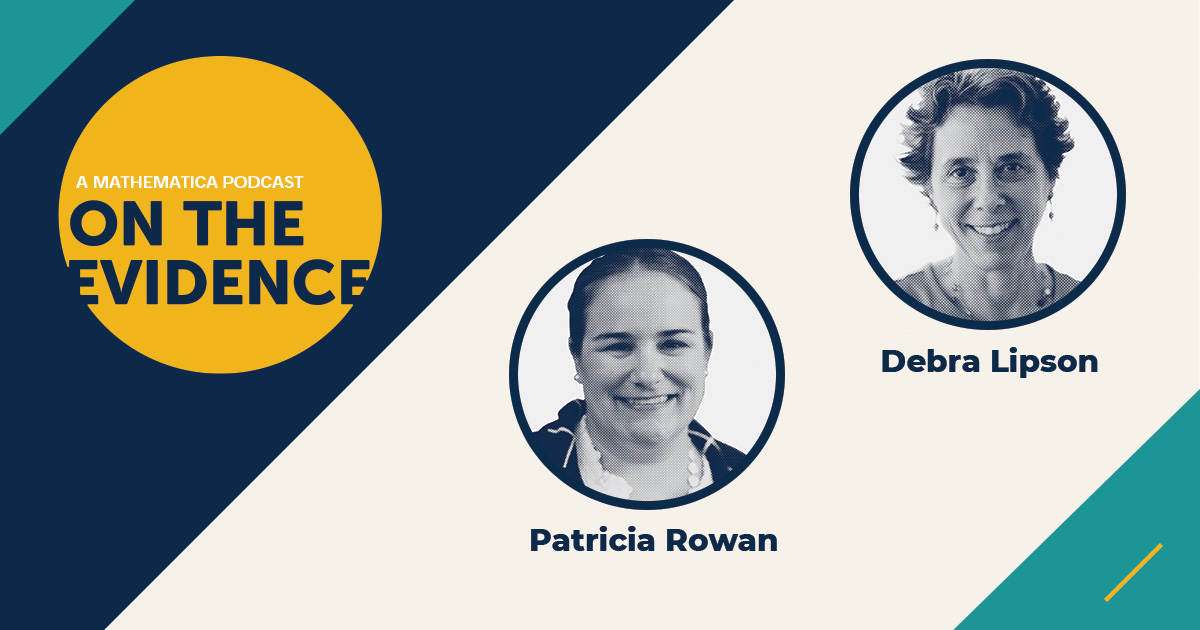The COVID-19 pandemic has exposed important truths about the role of technology in how we learn, work, and live. We’ve seen the positive power of technology in bringing neighbors, families, and co-workers together for virtual gatherings. We’ve seen nurses and doctors adopt telehealth practices that enable them to continue working with patients from afar. And we’ve seen teachers and school districts struggle to make a wholesale change to distance learning that doesn’t further the digital divide along racial and socioeconomic lines.
But behind the scenes, technology has been playing an important role in developing models that are informing how public health officials track COVID-19 cases, respond to potential hot spots, and prepare policymakers for the next stages in our collective response.
Current COVID-19 models being employed to determine future spread and burden are based on deterministic, differential equation methods like the Penn Medicine model. These are big-picture, top-down trending models that work in the aggregate to show changes in trends based on—at most—a handful of variables. Thrust into the spotlight in the urgent case of COVID-19, these models did a great job helping inform critical first steps to mitigate and control the spread of disease with blanket social distancing.
Although these models have an important place going forward, they alone are not the right tool for this next phase we are about to enter. Now we need to enhance our forecasting capabilities with a more surgical approach to effectively guide and sustain our response to the public health and economic challenges created by COVID-19.
From this perspective, what policymakers tasked with these high-stakes decisions really need, in addition to these conventional models, is a forecasting solution that provides more granularity so that mitigation strategies can be finely tuned to fit the needs of individual communities and populations. They need something that can understand the unique composition of each community and can be used to forecast the effects various policy decisions will have on different groups of people within each community. What they need are Monte Carlo-based forecasting models.
The origin of Monte Carlo simulations dates back to the 1800s, and these models evolved as part of the Manhattan Project into their current form. However, because they draw on potentially thousands of variables and generate millions of lines of data output, they have not really been accessible for most researchers. With the advent of much higher-power, lower-cost computing in the last two decades, agent-based, randomized Monte Carlo simulations have come to the forefront of the modeling world for emerging diseases.
Unlike the differential equation models that work from the top down, the Monte Carlo models work from the ground up. As we demonstrated when we partnered with the Health Resources and Services Administration to develop a Monte Carlo simulator to forecast the spread of HIV, these simulations more closely and reliably model reality for the spread of infectious diseases when it comes to person-to-person interactions.
Now, we are adapting this model to forecast COVID-19 spread, using a cloud-based approach to leverage greater computing capacity to make the model even more powerful. With our adapted, cloud-based model, we can easily distribute the model to governors and their teams to help them investigate multiple reopening scenarios and assess the impact on communities and populations. For instance, we can develop pinpoint profiles of a community—its size, demographics, density, business makeup, transportation systems, and so on—introduce COVID-19 infected “agents” (people) into the model, and then forecast the spread of COVID-19 under varying degrees of social distancing, and how these mitigation approaches impact different population segments. Policymakers will be able to use the model to forecast the spread of COVID-19 in their community and better understand the implications of decisions like: Are masks required to go outside? Should senior citizens remain under shelter-at-home instructions? And should restaurants in a community reopen? The model can then further indicate the anticipated impact in that community on people with respiratory issues, cardiovascular problems, or compromised immunity. And the model can even be used to assess the spread from community to community to a state, regional, and national level.
Our COVID-19 simulator makes this possible because it uniquely tracks randomized person-to-person interactions through social networks of different risk groups. It simulates transitions from infection to treatment to death while incorporating measures of costs and burden. And it can easily be tailored to national, state, or local jurisdictions. In short, our model comes as close to reality as any data science model is currently able to and supports better, more-informed decision making for the tough questions policymakers face in the near future.
Working in conjunction with Harvard University and the University of California San Diego, we’re taking disciplined and aggressive action to roll this out as quickly as possible to help address the policy questions facing the nation right now, such as the following:
- Will self-isolation alone (even with universal testing) be sufficient?
- If we remove social distancing, will we have second peak? If so, when and how severe will it be?
- How should we design vaccine trials (random assignment, household assignment, and so on)?
As we make the tool more widely available, this approach can help policymakers at local, state, and national levels simulate the effect of pulling different mitigation policy levers before they do so in order to understand what the likely outcomes will be for the communities under their care. It’s an important contribution to the expanding universe of tools. That’s the power of applying technology at the intersection of data science and social science—and that’s what policymakers need when the stakes are this high.



